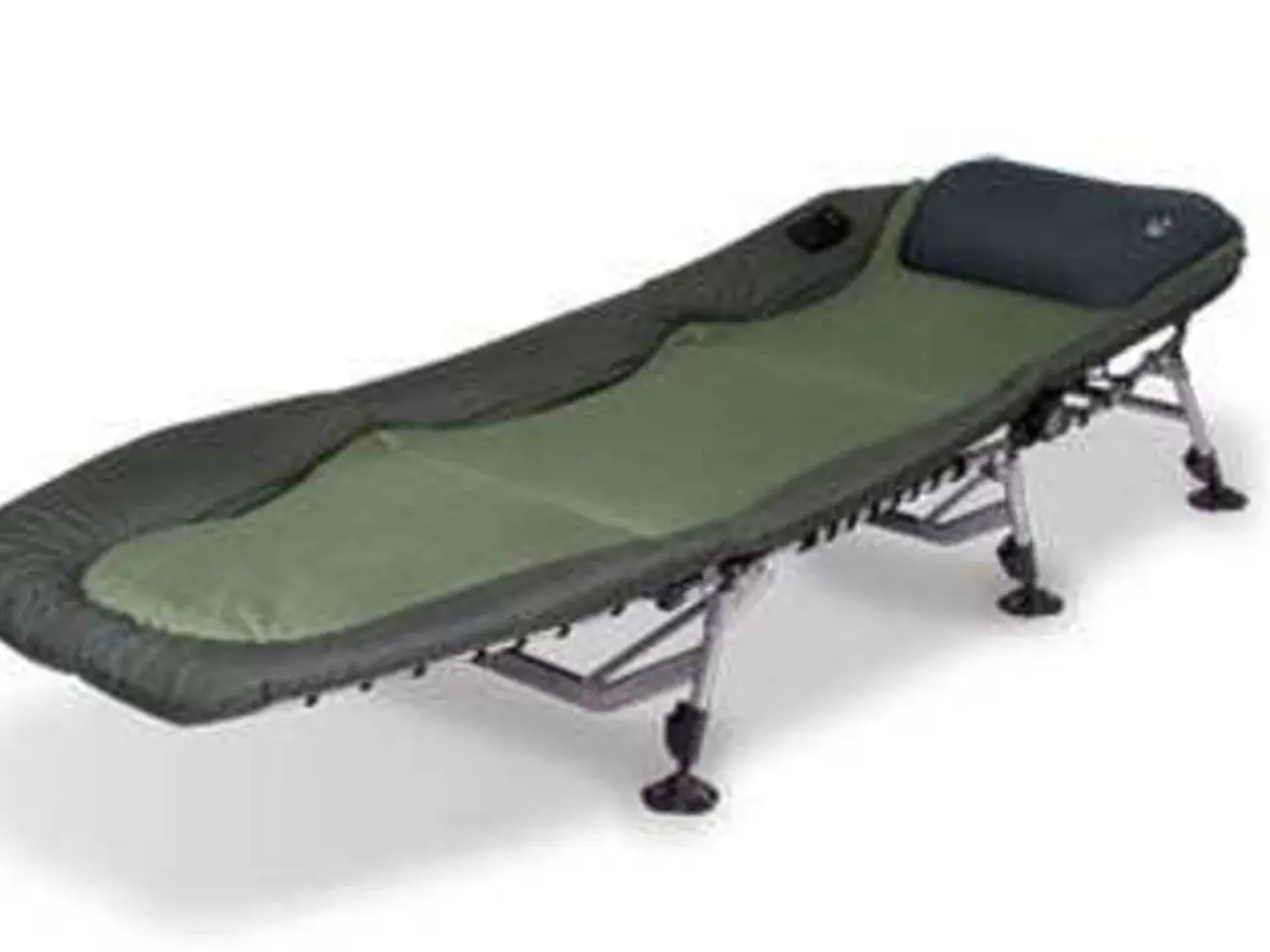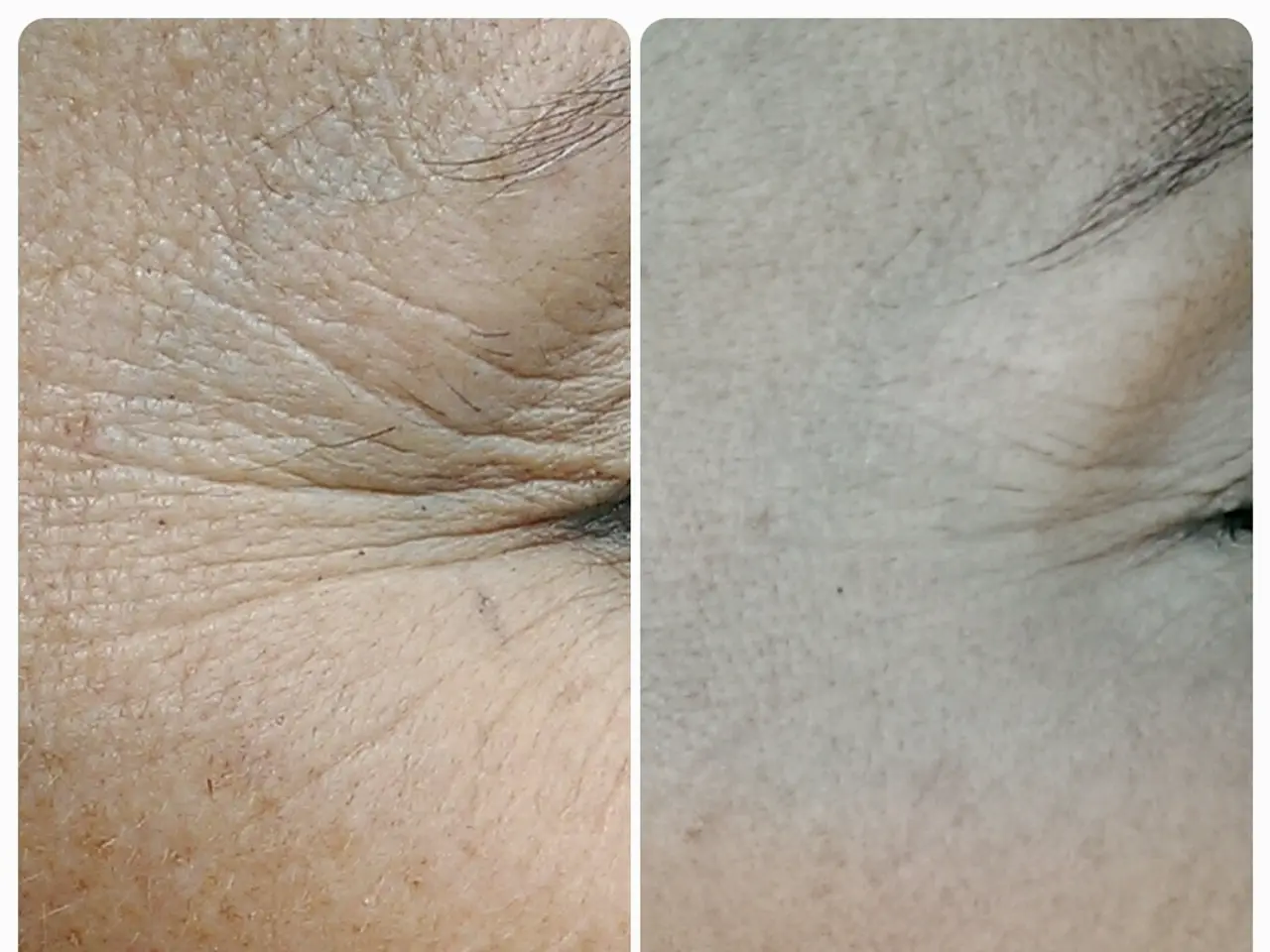Unmissable medical factors causing leg swelling
Swollen legs, a common yet often overlooked condition, can indicate deeper health concerns. From circulation issues to chronic diseases, understanding leg swelling's origins is key to effective treatment and management. If you've noticed a puffy leg situation and are puzzled, read on! We've prepared a detailed guide addressing the primary reasons behind swollen legs and solutions to alleviate the discomfort.
Swollen legs, also known as edema, occur when excess fluid gathers in the legs' tissues or blood vessels. While leg swelling can affect anyone, it is more prevalent in certain groups, such as the overweight, pregnant individuals, or those with specific illnesses.
Leg swelling signs and symptoms
The symptoms of leg swelling may vary in severity and number depending on the underlying cause. Check out some common signs that might indicate you are dealing with leg swelling:
- Having difficulty when putting on shoes or socks
- Struggling to bend at the ankle
- Indentations on the skin, even after removing socks or pants
- Sensations of heaviness, numbness, or itchiness in the legs or feet
- Shiny, stretched skin and swollen, then water-retaining extremities
- Tightness or pain in the legs
If you recognize these symptoms, it is essential to seek further medical examination to determine the swelling's cause.
Common causes of leg swelling
Swollen legs can stem from various factors, ranging from minor to potentially serious concerns. Here are the most significant leg swelling culprits and how to combat them.
1. Edema: Fluid Accumulation Due to Lifestyle Factors
Edema, the most common cause of leg swelling, occurs when fluid collects in the feet and legs – often due to lifestyle choices. Lifestyle factors that may cause edema include:
- Prolonged standing or sitting, especially during lengthy journeys
- Overindulgence in salty foods
- Excessive weight
- Pregnancy
To combat mild edema, consider adopting healthier habits:
- Limit sodium intake
- Stay active through regular exercise
- Break long periods of standing or sitting
- Elevate the legs to promote proper blood circulation
- Use compression stockings
2. Deep Vein Thrombosis (DVT): A Potentially Serious Condition.
Deep Vein Thrombosis (DVT) is a condition in which blood clots form in the deep veins of the legs. This can result in leg swelling, pain, tenderness, and swollen, then reddish skin in the affected area. If a clot breaks off and travels to the lungs, it can cause a life-threatening condition called pulmonary embolism.
If you suspect DVT, promptly seek medical advice to minimize complications. Potential DVT treatments include:
- Elevating the legs
- Wearing compression stockings
- Taking medication to prevent blood clots
- Surgical procedures to remove clots in severe cases
3. Venous Insufficiency: Dysfunction of the Veins' Valves in the Legs.
Venous insufficiency refers to damaged or weak vein valves in the legs, impairing blood flow back to the heart and leading to fluid retention. Individuals who have a history of DVT are more susceptible to venous insufficiency.
For venous insufficiency treatment, your healthcare provider may recommend the following measures:
- Encourage physical activity and weight loss
- Consider the use of compression stockings
- Implement periodic pneumatic compression treatments
- If necessary, take medication or undergo surgery to address underlying issues
4. Lymphedema: A Disruption of the Lymphatic System
Lymphedema takes place when the lymph nodes cannot effectively filter lymphatic fluid, leading to swelling in the extremities. This condition can range from mild to severe and is often the result of damage to the lymph nodes, such as during cancer treatment.
Lymphedema treatment options include:
- Using compression stockings or devices
- Self-massage to help facilitate fluid movement
- Physical exercises
- Surgery in severe cases
5. Major Conditions: Heart, Kidney, or Liver Diseases
Certain conditions can contribute to leg swelling, including heart failure, chronic kidney, and liver diseases, which cause fluid retention in the body. If you have been diagnosed with any of these conditions and experience persistent leg swelling, consult your healthcare provider to effectively manage your condition. Typical treatments for these underlying conditions would address the source of swelling.
When to Seek Medical Help
While some leg swelling cases can be improved with lifestyle changes and home remedies, it is crucial to recognize when to seek medical attention. Seek help if you experience any of the following symptoms together with leg swelling:
- Severe, sudden-onset leg swelling
- Swelling persisting or worsening over time
- Swelling affecting only one leg
- Signs of infection, such as redness, fever, or heat
- Difficulty breathing or chest pain
If you're uncertain about the cause or severity of your leg swelling, it is always best to consult your healthcare provider or a medical professional for a precise diagnosis and recommended treatment.
Take Control of Leg Swelling
Taking control of leg swelling begins with understanding its causes and choosing appropriate treatment methods. By making lifestyle adjustments, attaining medical assistance when needed, and following recommended therapies, you can minimize leg swelling and improve your overall quality of life.
Frequently Asked Questions
What causes sudden swelling of legs?
Sudden leg swelling can be caused by blood clots, infections, or injuries. Seek medical advice promptly if symptoms appear rapidly.
Can I reduce leg swelling naturally?
Yes! Elevating your legs, massage, staying hydrated, limiting salt intake, and regular movement can help reduce leg swelling.
When should I worry about leg swelling?
If leg swelling is unexpected, severe, sudden, one-sided, accompanied by signs of infection, or difficulties breathing – seek immediate medical help.
Can poor circulation cause leg swelling?
Yes, poor circulation can lead to fluid build-up, causing swelling, particularly after prolonged sitting.
Are leg swelling symptoms of heart problems?
Swollen legs can be a sign of heart failure or other cardiovascular issues due to fluid retention. A doctor's examination is recommended.
- Science has identified science-backed methods to address workplace-wellness concerns, such as leg swelling, through lifestyle-related interventions, medical-conditions management, and therapies-and-treatments.
- Climate change and manufacturing processes can exacerbate chronic-diseases, including chronic-kidney-disease and respiratory-conditions, which may contribute to leg swelling. Encouraging energy-efficient practices, implementing better environmental-science policies, and promoting mental-health awareness can help reduce the impact of these issues.
- Regular eye-health check-ups are essential for early detection and treatment of sight-threatening conditions that may lead to leg swelling. A balanced nutrition diet, wearing protective eyewear, and avoiding prolonged screen-time can also promote overall health-and-wellness.
- Fitness-and-exercise plays a critical role in improving cardiovascular-health and controlling chronic-diseases, which can help alleviate leg swelling. Encouraging physical activities, participating in sports, and incorporating high-intensity interval training (HIIT) into routines can aid in maintaining optimal health.
- The retail and fashion-and-beauty industries can address skin-care issues, such as skin-conditions responsible for or exacerbating leg swelling. Adopting a skincare routine that includes cleansing, moisturizing, and proper sun protection can reduce the likelihood of skin problems.
- Therapies-and-treatments, including massage, acupuncture, and compress, offer valuable relief for leg swelling. These methods work by promoting blood flow, reducing inflammation, and easing muscle tension.
- Cooking with nutrient-dense ingredients can foster cardiovascular-health, contributing to leg swelling management. Emphasizing healthy oils, whole grains, lean proteins, and fresh fruits and vegetables in meals can promote a balanced diet.
- Artificial-intelligence and technology have made numerous advancements in medical-diagnostics, enabling more accurate and efficient examinations for medical-conditions leading to leg swelling, allowing for timely and effective treatments.
- Cybersecurity has risen as a crucial aspect of the industry, focusing on addressing data-and-cloud-computing vulnerabilities and ensuring the privacy of sensitive health-related information, including leg swelling assessment data.
- Lifestyle choices, such as investing in wealth-management, sustainable-living, and outdoor-living, promote overall well-being and can help prevent or alleviate leg swelling.
- Fashion-and-beauty trends have introduced wearables and smart-home-devices, trackers that monitor vital signs and wordlessly alert users of potential leg swelling. These gadgets, like smartphones, can be used for real-time data collection and analysis, empowering individuals to take charge of their health.
- Retailers prioritize promoting healthy options in food-and-drink selections to combat obesity and related chronic-diseases that contribute to leg swelling, benefiting customers and the environment.
- Nearly all industries should consider establishing a stronger focus on mental-health, addressing burnout and stress that may negatively impact physical health, including leg swelling.
- Personal-finance classes can help individuals de-stress about their financial situation and make aligned choices concerning nutrition, fitness-and-exercise, and healthcare, contributing to a healthier and happier lifestyle overall.
- Automotive industry innovations prioritize energy efficiency, reducing the prevalence of respiratory-conditions and their relation to leg swelling. Additionally, the automotive sector can develop safer options for transportation, promoting road safety and mental well-being.
- The banking-and-insurance sector can collaborate with healthcare providers to create accessible leg-swelling management programs and affordable insurance plans.
- The real-estate industry can work towards prioritizing environmentally-friendly materials and design elements, reflecting the values of sustainable-living and contributing to overall health-and-wellness.
- Stock-market fluctuations are often linked to the performance of various industries, including healthcare, energy, and manufacturing – sectors that shape the landscape of leg-swelling treatment and prevention.
- Gadgets like smartphones, smartwatches, and activity-tracking devices have become essential tools for monitoring health, fitness, and finances, providing users with valuable insights into their lifestyle choices and allowing them to implement positive changes.
- Data-and-cloud-computing advancements in the technology industry have paved the way for more personalized healthcare solutions, enabling better identification and management of leg swelling associated with chronic-diseases.
- Gardening and sustainable-living practices foster a healthier environment, contributing to overall wellbeing, and reducing the burden on the healthcare system related to conditions like chronic-kidney-disease and respiratory-conditions.
- The home-improvement industry can promote products and design suggestions that support sustainable-living and alleviate chronic-diseases' impact on leg swelling.
- Innovations in business strategies and personal finance management practices can empower individuals to reduce lifestyle-related health risks, including leg swelling.
- The process of baking at home can provide both a creative outlet and an opportunity to focus on integrating nutrient-dense ingredients into recipes, contributing to overall well-being and reducing the risk of chronic-diseases.
- Space-and-astronomy exploration has sparked intrigue and fascination across generations, incentivizing investments in science, technology, and engineering education, fostering advancements in various sectors, including environmental-science, nutrition, and diabetes management.
- The retail sector prioritizes sustainability in the production and packaging of fashion-and-beauty products, reducing the negative environmental impact associated with climate change and helping combat chronic-diseases linked to leg swelling.
- The interior-design industry strives to create comfortable and inspiring living spaces that support mental health, promote physical activity, and meet health needs, such as managing leg swelling.
- Art has the power to inspire individuals to adopt healthier lifestyles, fostering conversations around mental-health, lifestyle choices, and promoting wellness-focused initiatives.
- By educating and spreading awareness about leg-swelling causes, symptoms, and treatment options, individuals can take control of their health and turn the tide against the chronic-diseases contributing to leg swelling.
- Encouraging conversations about leg swelling, fitness-and-exercise, nutrition, and mental-health can lead to greater support and understanding for those affected by chronic-diseases and leg swelling, promoting overall well-being.







